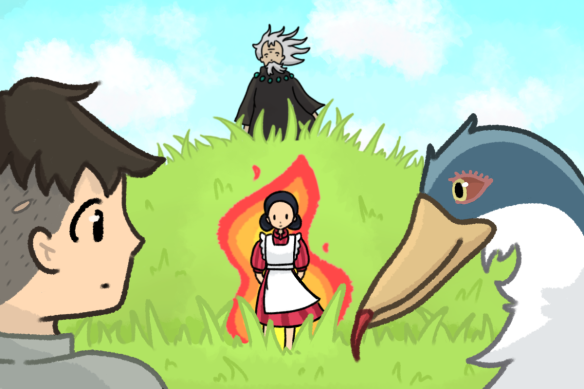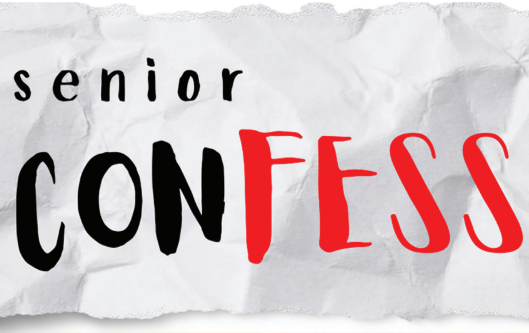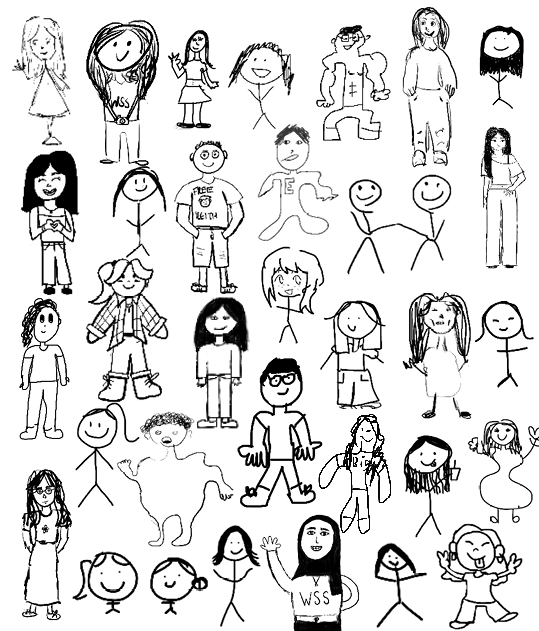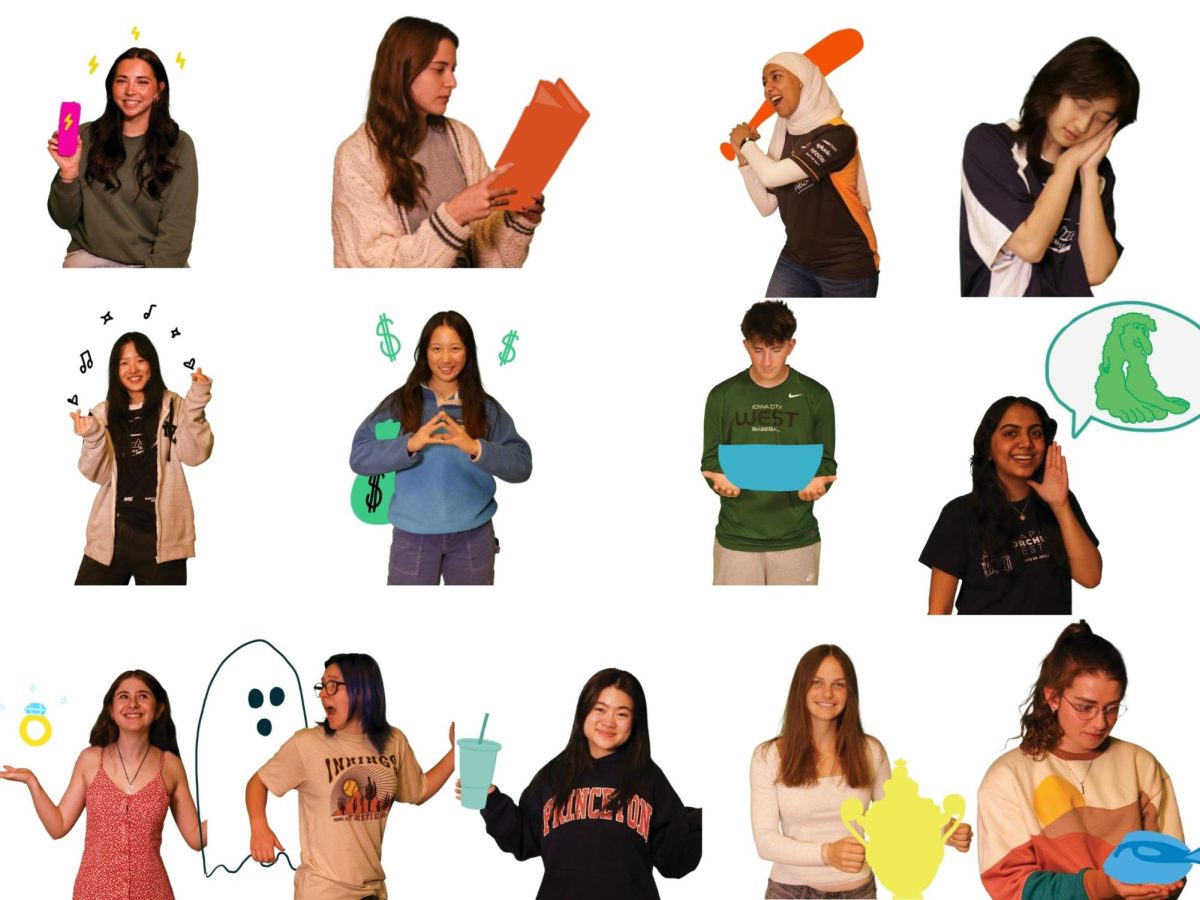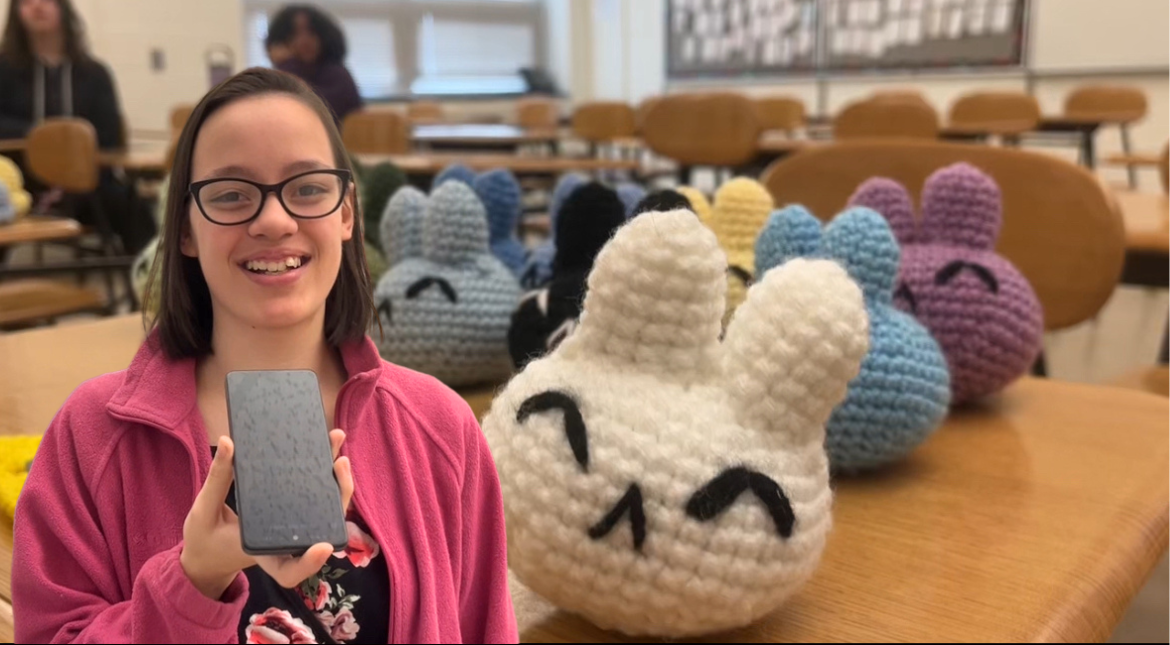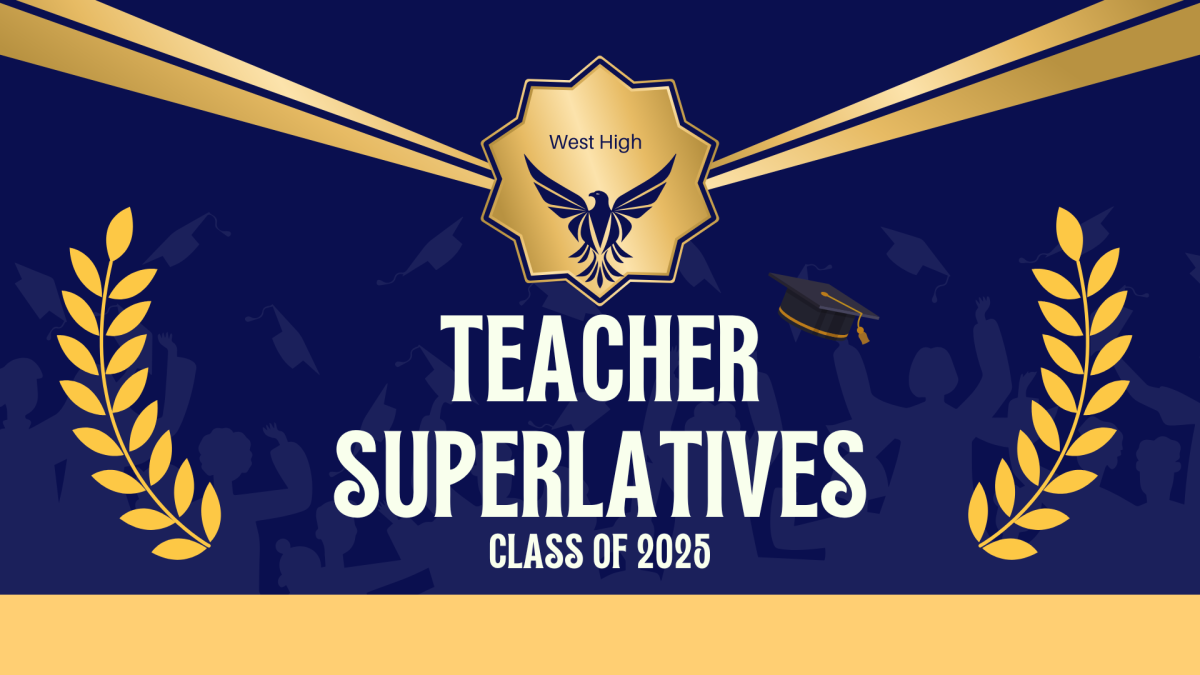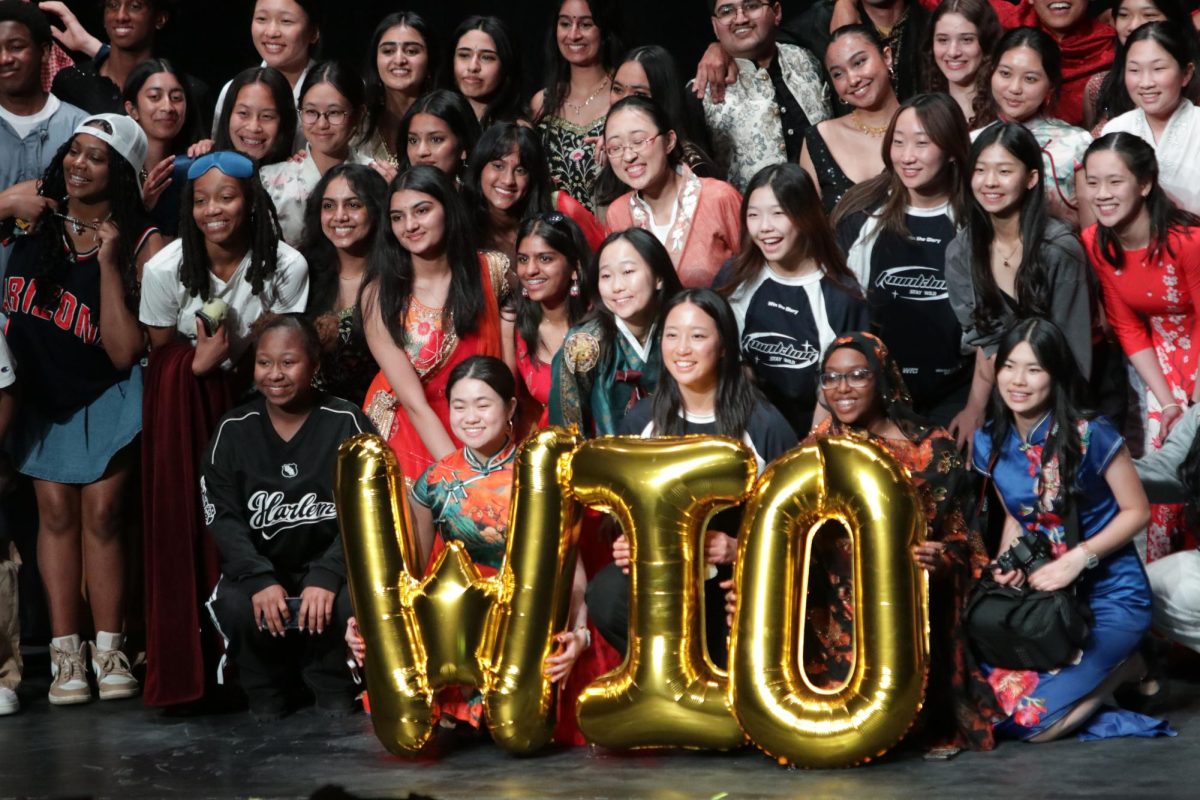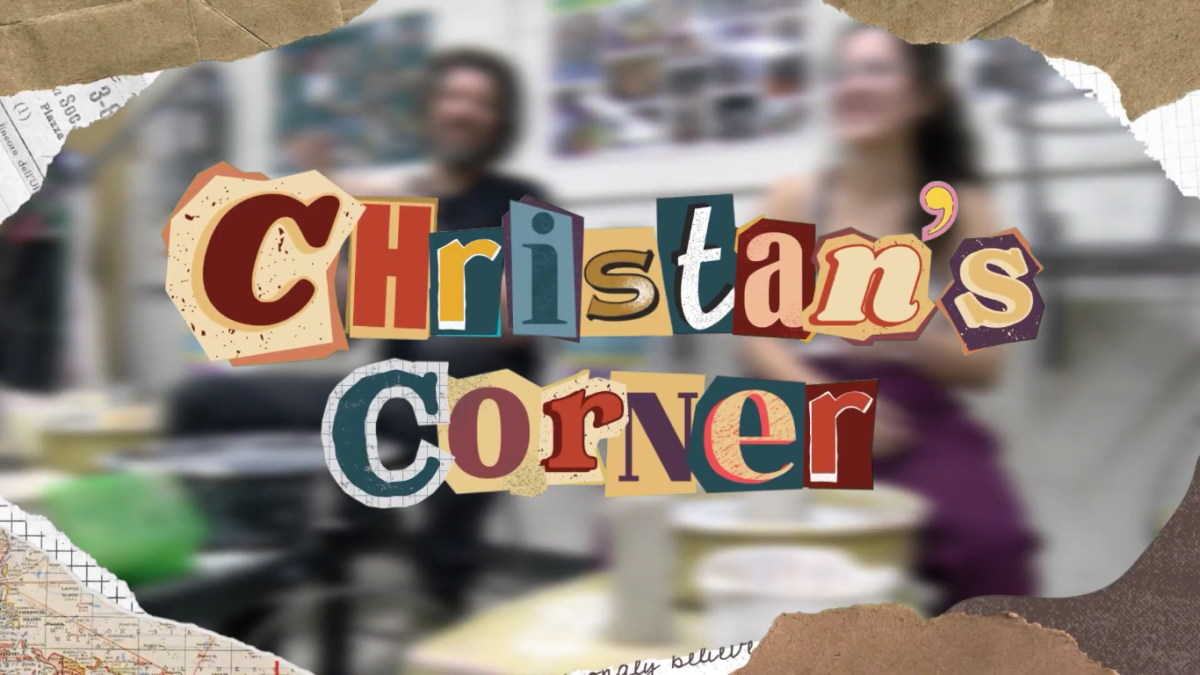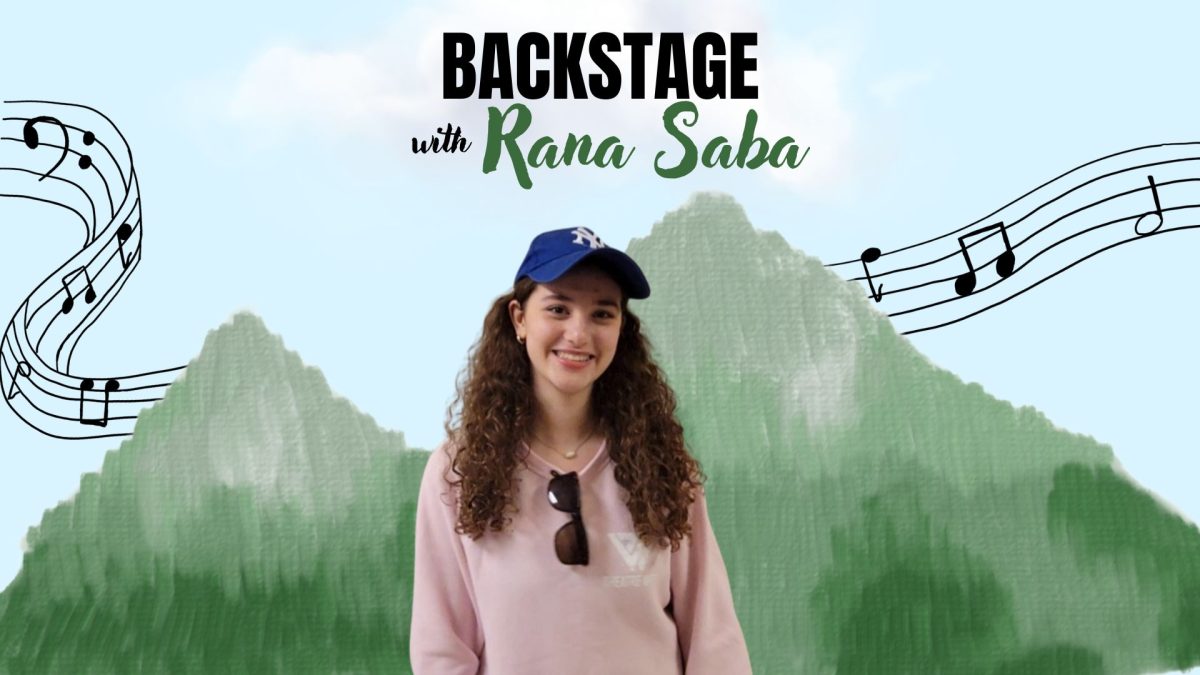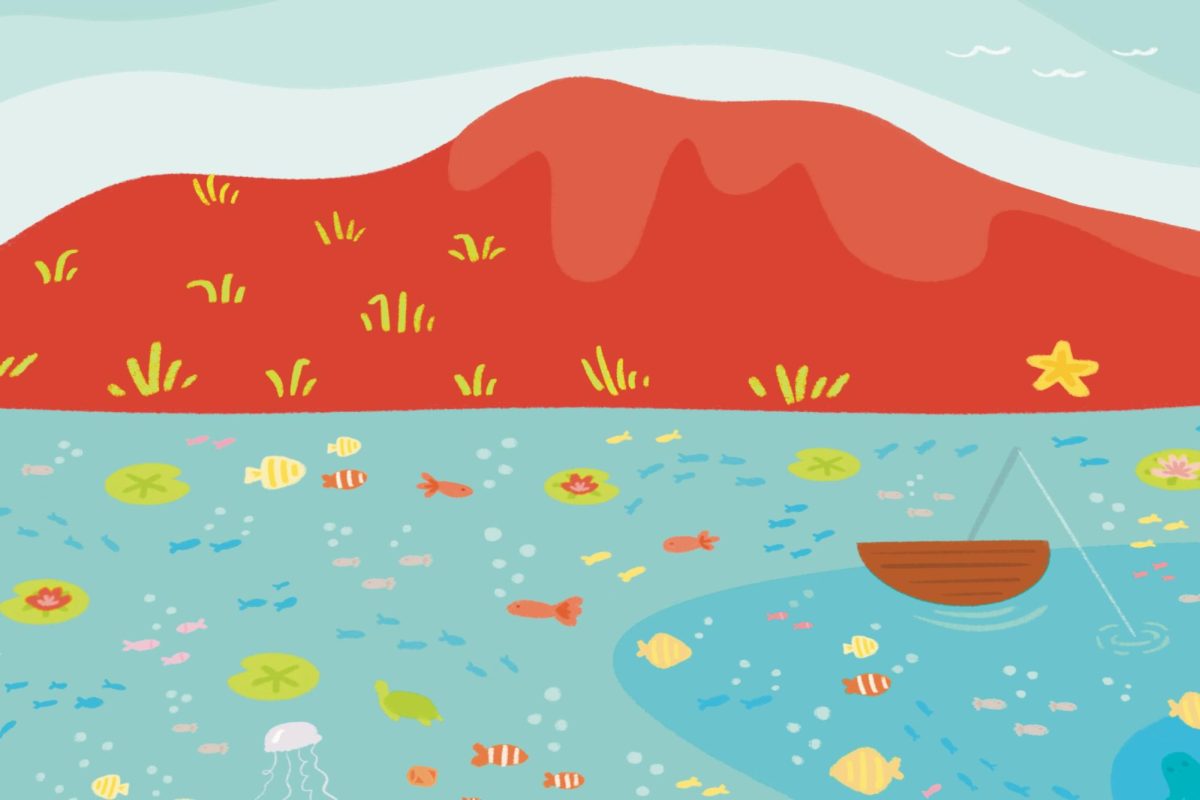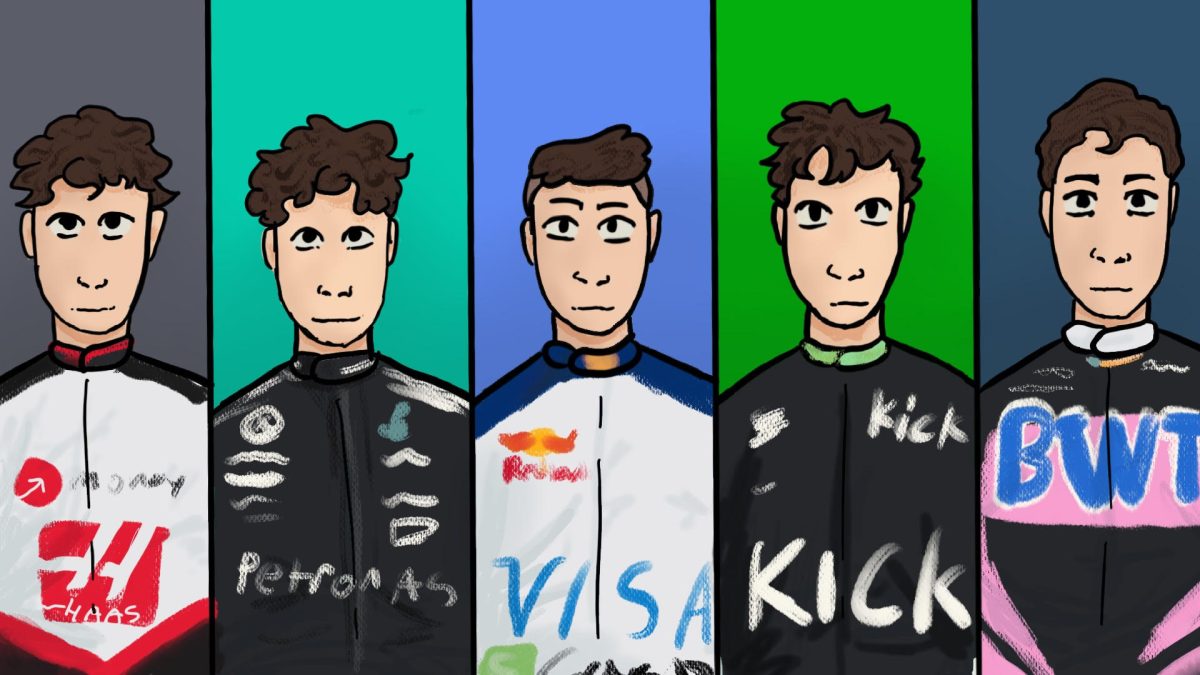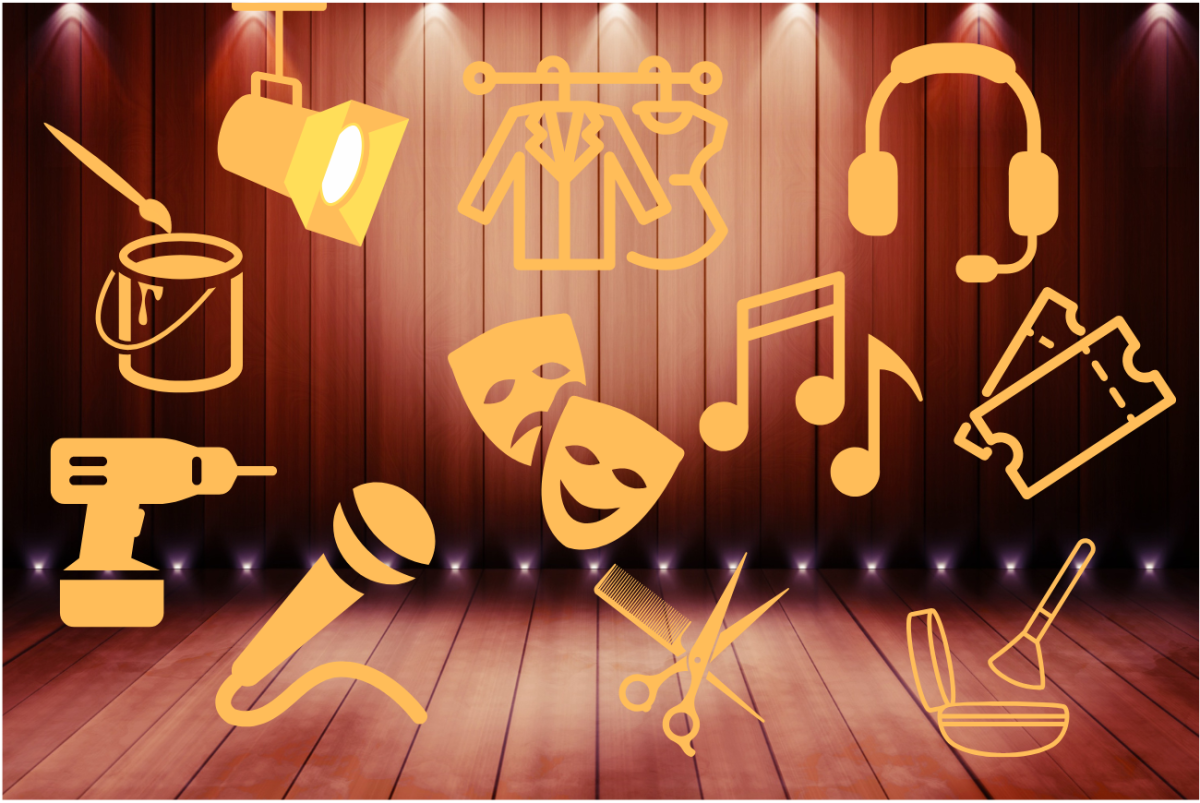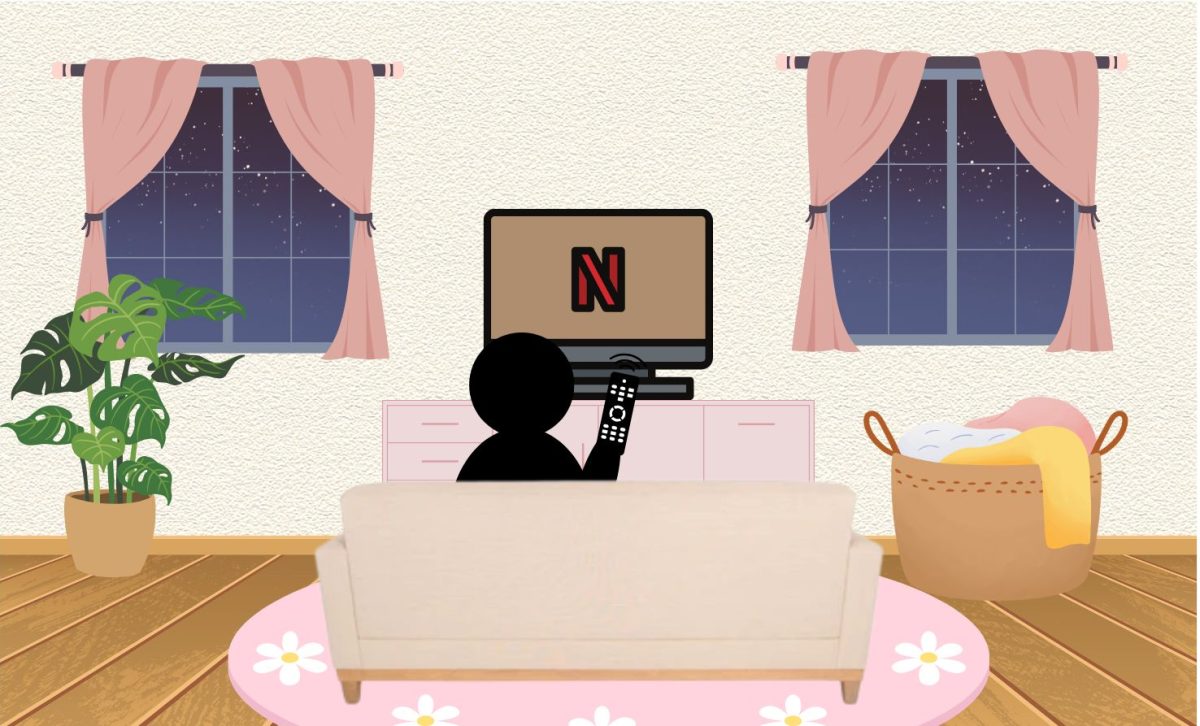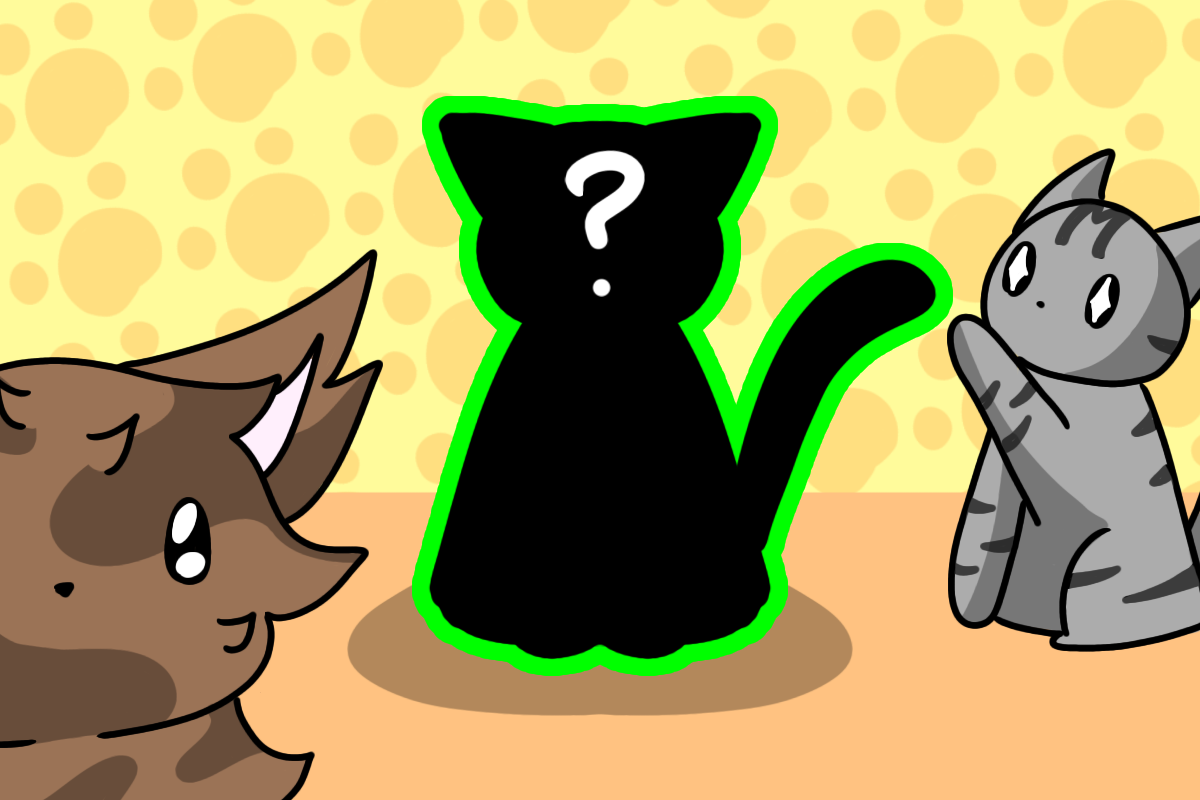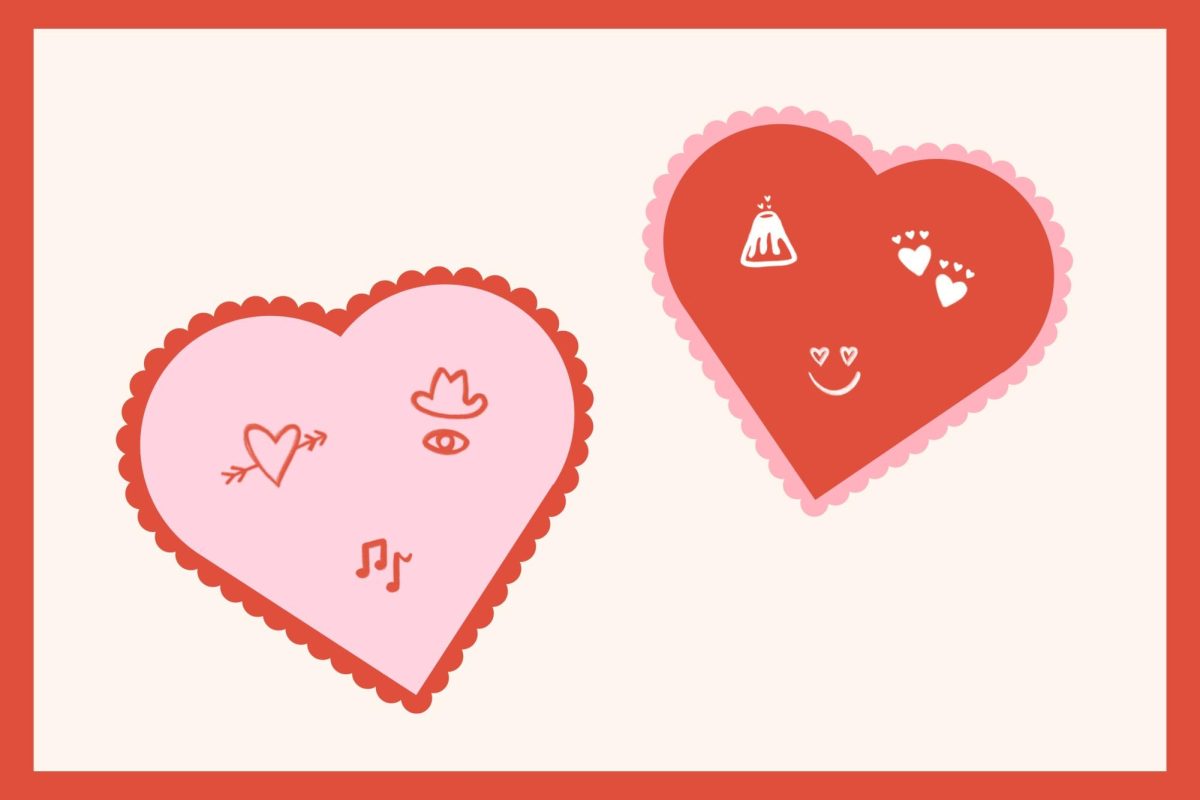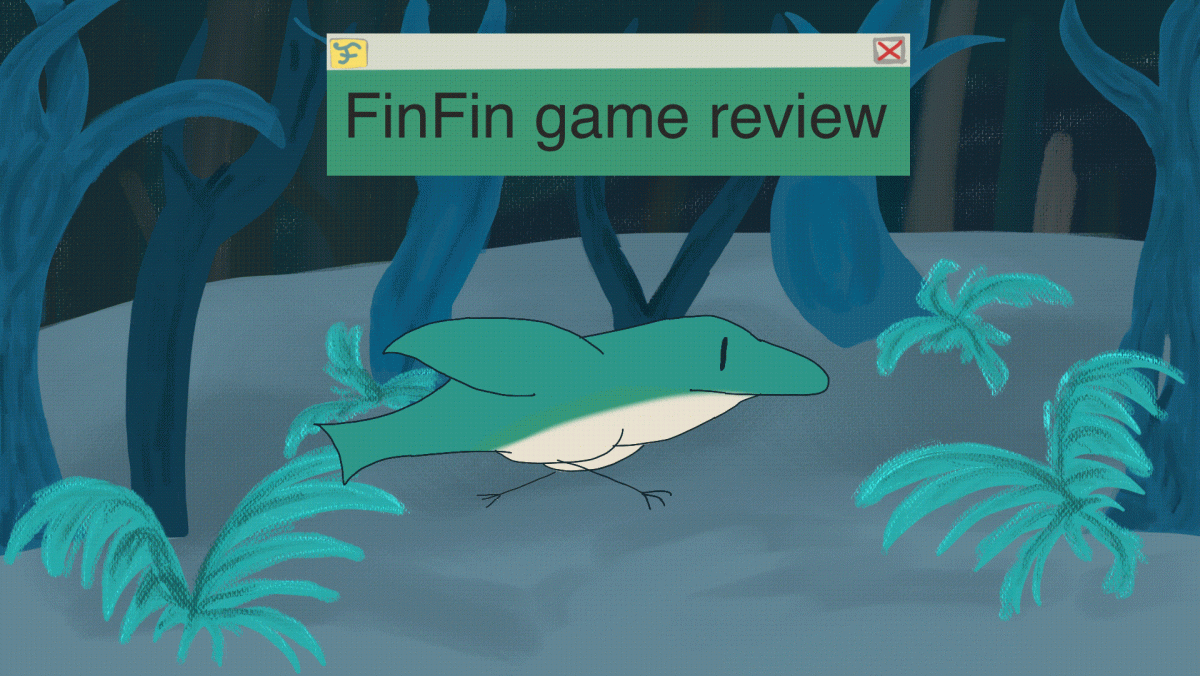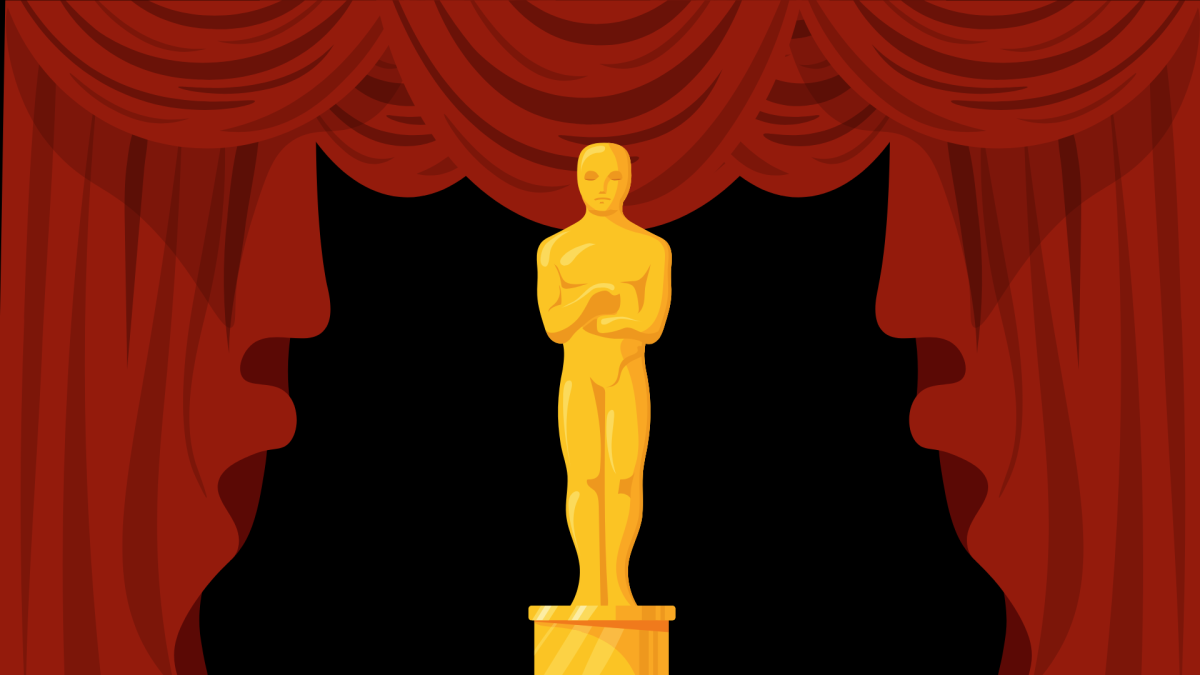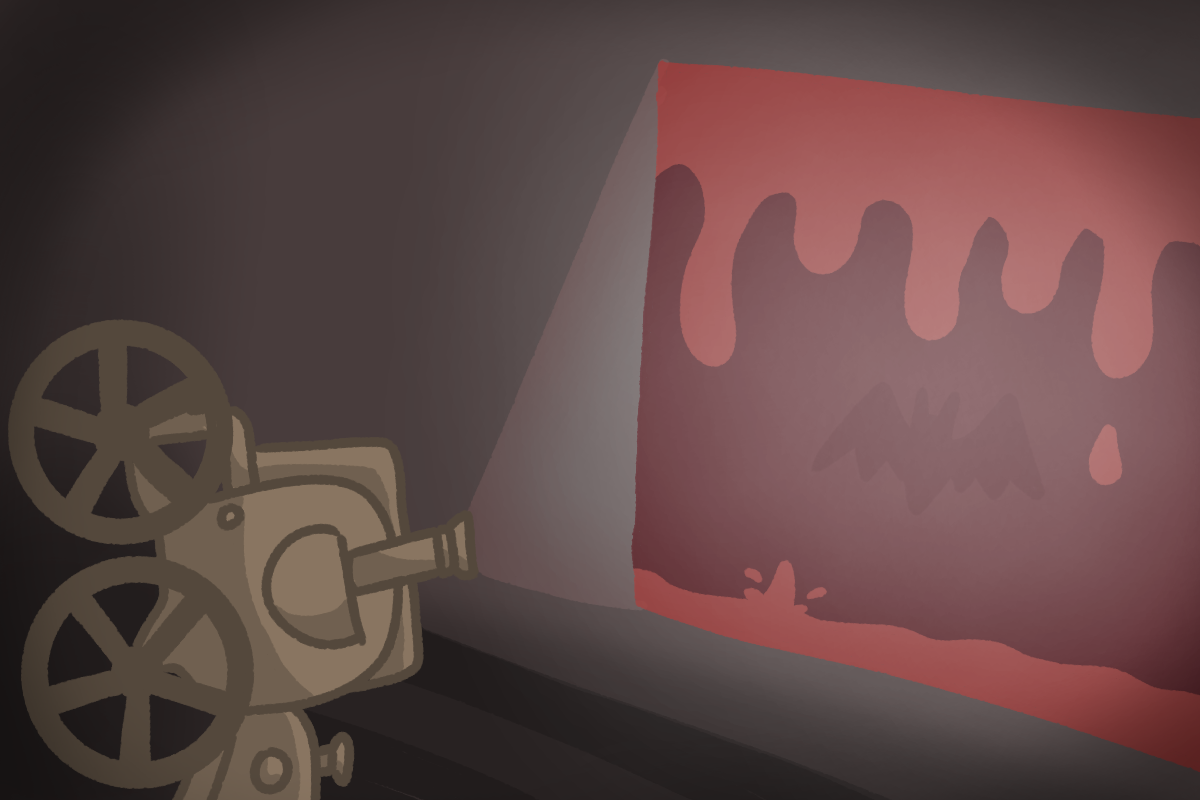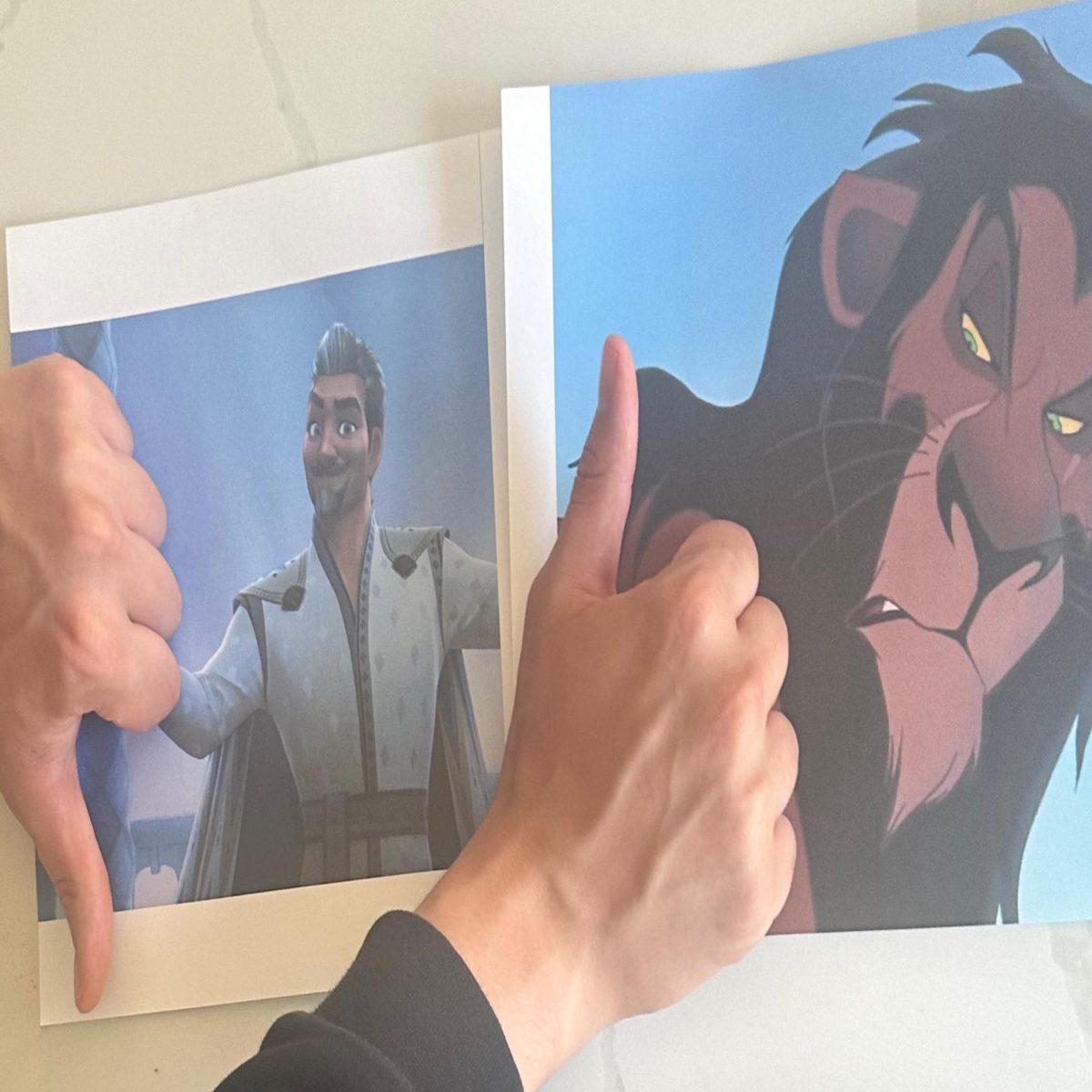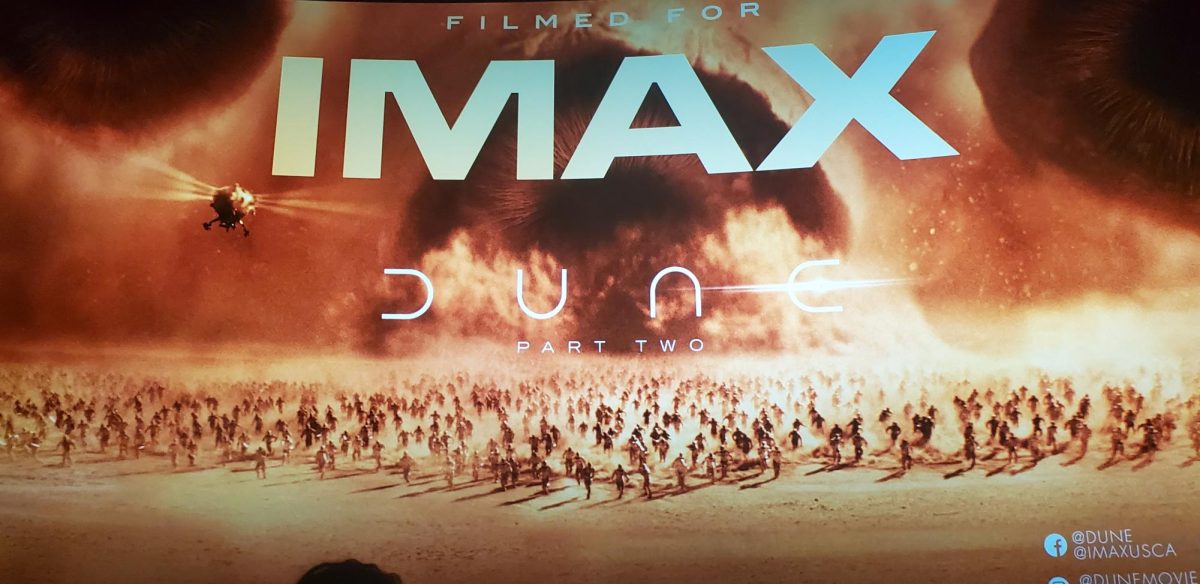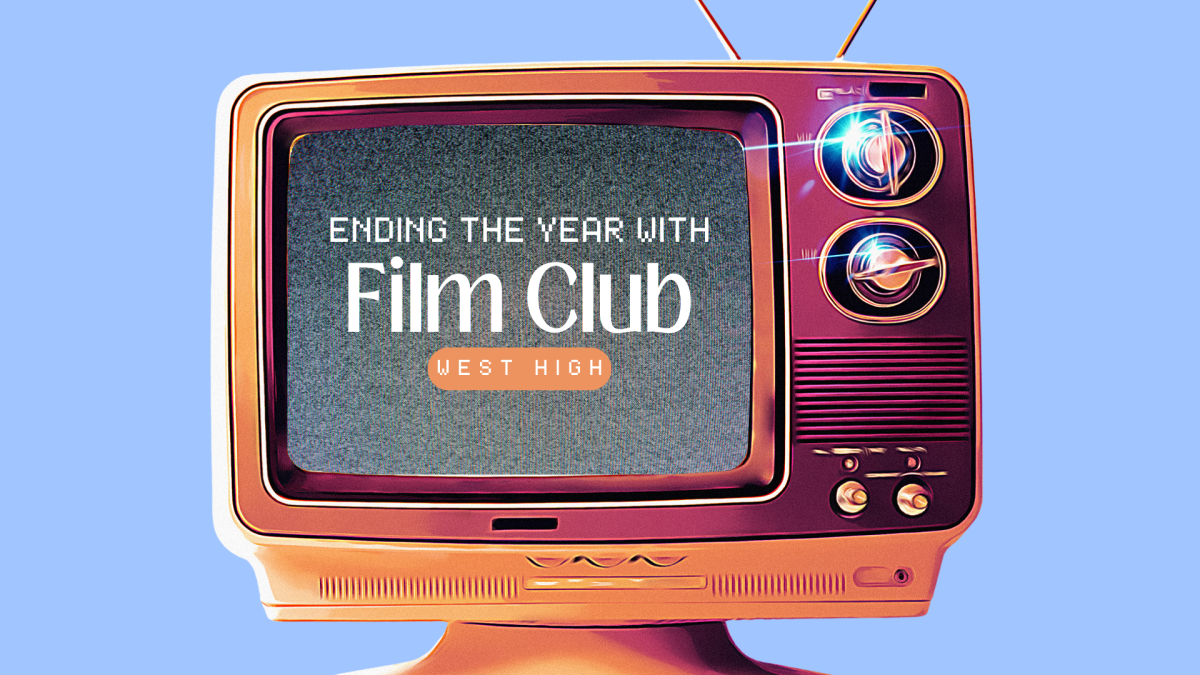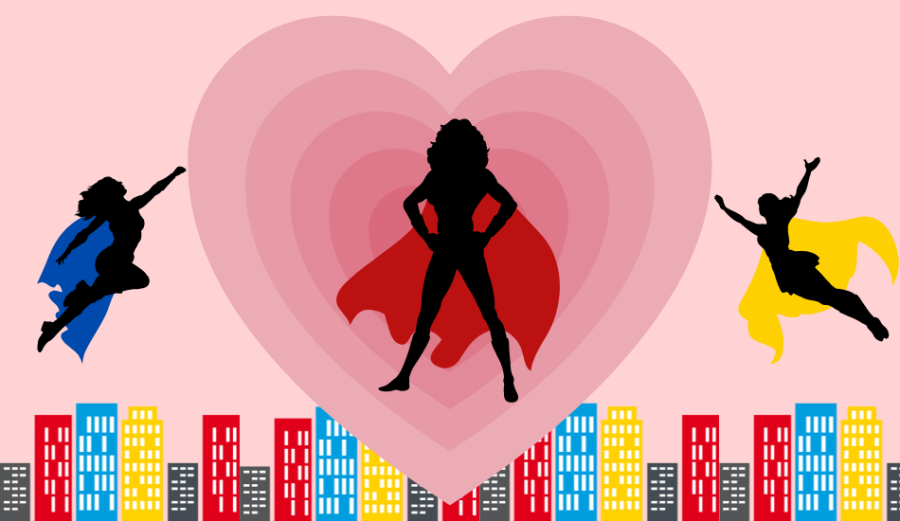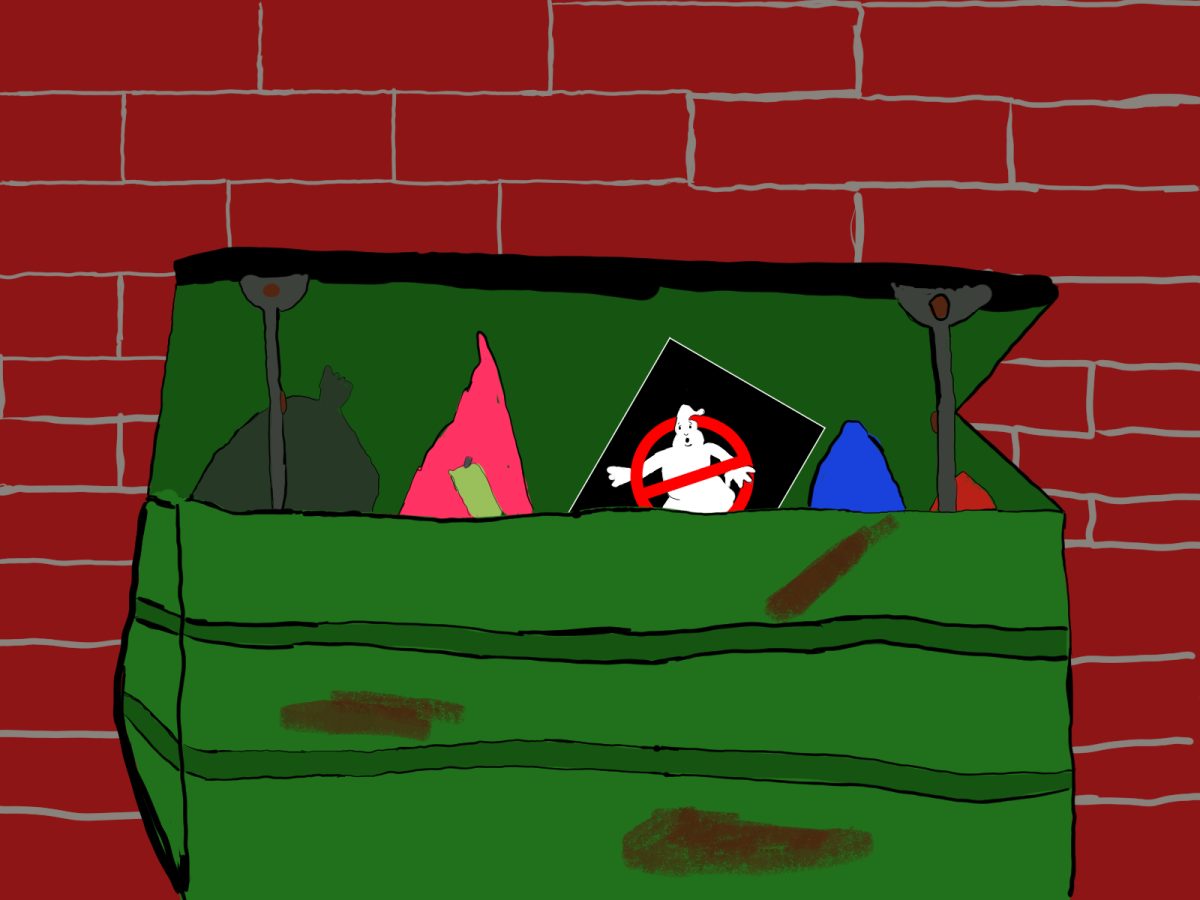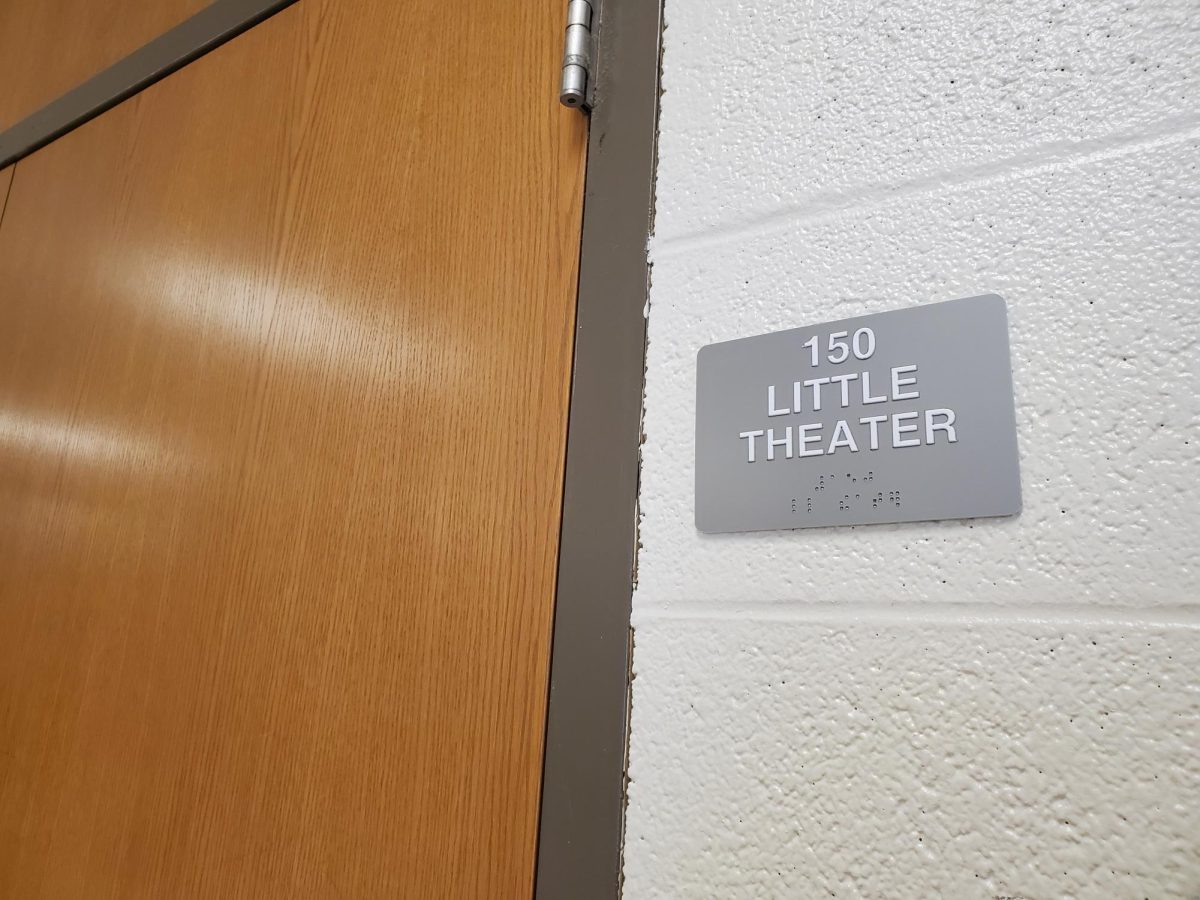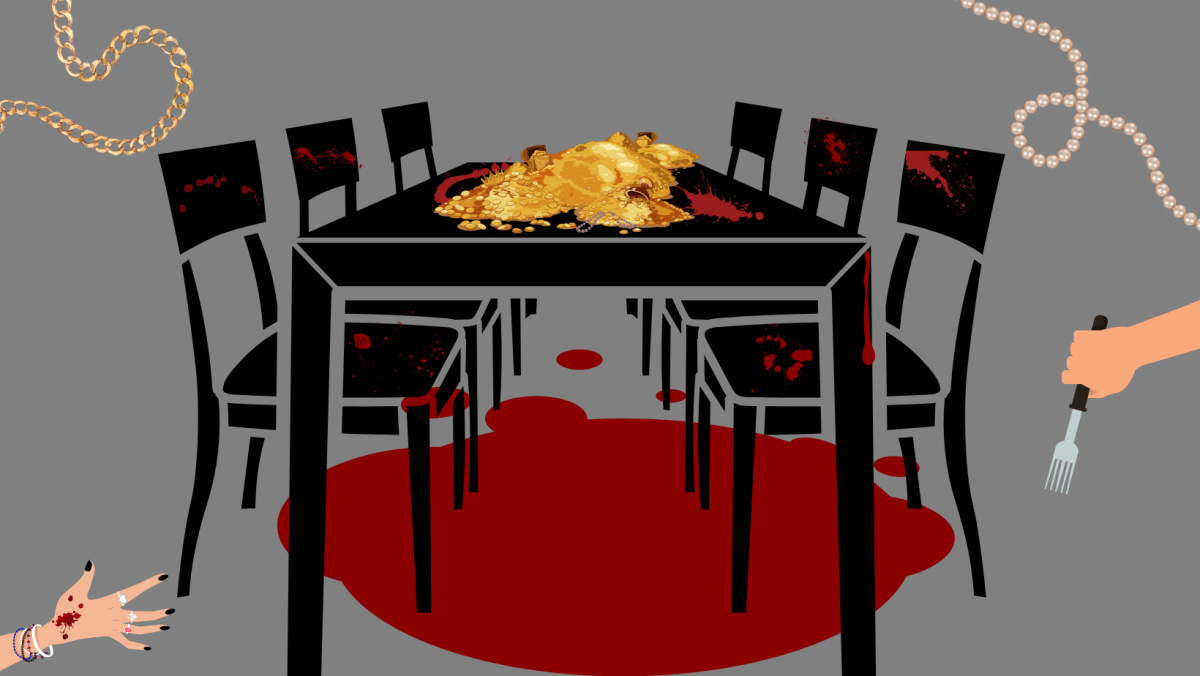This review contains spoilers for “The Boy and the Heron.”
With the English dub and official American debut of the film being released months after the film dropped in Japanese theaters, “The Boy and the Heron” was a highly anticipated movie by director Hayao Miyazaki and Studio Ghibli. It’s also been nominated for Best Animated Film at the Academy Awards, marking Ghibli’s seventh time being nominated for an Oscar.
Studio Ghibli is a Japanese animation studio based in Koganei, Tokyo, known for movies like “Spirited Away,” “Howl’s Moving Castle” and “My Neighbor Totoro.” Founded in 1985 by film directors Miyazaki and Isao Takahata, the studio has firmly established itself as one of the most influential animation studios in the world over the decades. Best recognized for the vibrant art style that mixes with the fantastical stories Studio Ghibli explores, the studio achieves a broad audience through its child characters and adult themes.
“The Boy and the Heron” follows Ghibli’s trend of fantastical elements mixed with real life and complex themes presented to be understood by a younger audience. However, it deviates from the more constructed fantasies that are other Ghibli films and leans toward a much more weird spin on their traditional formula.
By weird, this means very otherwordly elements that don’t necessarily make sense or are explained but rather dropped into the story and at first seem very bizarre. For instance, the introduction of the parakeets. The parakeet’s contribution to the storyline is debated by fans across the world — do they symbolize Japan during World War II, which Miyazaki often draws commentary on? Or are they simply a silly way to tie in the bird theme and add more flight to the film, another motif seen in most Miyazaki films?
“The Boy and the Heron was for sure one of his more complex and deeper films. While films like Ponyo and My Neighbor Totoro were more for younger kids and had a more innocent plot, Boy and the Heron had deeper meanings that might have ties to Myazaki’s mother and his experience in the war,” said Jordan Smith ’25.
Before getting into a deeper into the analysis of the film, here’s a summary of the storyline.
The film kicks off with the main character, a 12-year-old boy named Mahito Maki, who wakes up and is faced with his mother’s death. His struggle with the loss of his mother is emphasized when his father marries his aunt in hopes of giving Mahito a familiar mother figure. He has a difficult time settling into the country town they’ve moved to for a fresh start, picks fights at school, intentionally injuring himself so he doesn’t have to go back and being stand-offish to the people around him.
This all changes when he meets the grey heron, who tells Mahito his mother is alive. So begins a winding fairy tale of parallel worlds and social commentary through anthropomorphic birds. Mahito’s journey to accepting his mother’s death and bringing back his new mother to the real world are driving factors of the plot, but dozens of subplots occur that flesh out the story to feel very alive and thought out.
Ghibli never shies away from a very strongly character-driven movie, and “The Boy and the Heron” is no different. Mahito has to make fundamental decisions that even adults would struggle with, like how he deals with grief or the way he treats his father and new stepmother. The perspective of a twelve-year-old boy brings an interesting and complex presentation of the storyline, from Mahito’s childish arrogance and bravery to his more adult-like understanding of acceptance and the world built around him that allows for him to be a multifaceted individual amongst a diverse cast of characters. His characterization also enhances the interpretation of the values the movie presents.
“On his search for his new mother, he ends up learning this lesson from his past mother. He learns to love what he has at the time, and not what he wanted or should’ve been allowed to have in his life,” Gwendolyn Smith said.
The other characters are all also very well-developed, from Lady Himi, who’s later revealed to be Mahito’s mother, Hisako, to the old lady caretaker Kiriko, and his father’s new wife, Natsuko. The women in the film are all written to be strong individuals while also being shown primarily as caretakers. When dealing with women in historical contexts like World War II, oftentimes, women get portrayed as either a highly domestic housewife type or as a whip-smart, never settle-down-for-a-man type of 1900s girlboss. It’s refreshing to see vibrant women characters on screen from a historical period and be given realistic personalities that aren’t just one archetype.
More specifically, Natsuko’s development stands out even against more present characters that had more screen time.
She’s first introduced as Mahito’s new mother, a feminine, kind-spoken woman who is said to look nearly identical to his mother. Later, we see her wielding a bow and arrow almost by instinct, and then her mysterious disappearance and re-introduction during her pregnancy display her to also be grieving in a contrasting way to Mahito. She lashes out at Mahito at first, then when he calls her his mother all she wants is to protect him from the dangerous and fantastical world he’s found himself in. Finally, in the end, they return to the real world together and he embraces her as his mother.
This trend of mother-like figures is continued through Kiriko, who is turned first into a charm doll and then her counterpart finds Mahito later in the film and looks after him, teaching him about creatures like the Warawara that exist in this world.
“I for sure liked the part with the little creatures, the Warawara. They were so cute! Also, Kiriko was a favorite. She was so cool and played a good motherly-ish role to Mahito,” said Jordan Smith.
Other characters in the movie are just as interesting, from the Parakeet King who leads what is essentially a coup against Natsuko’s granduncle– the man who built the tower and gateway to this other world and presumably dozens of other worlds and timelines. The Grey Heron is another character that is off-putting and a little scary at first but quickly becomes quite funny.
“I really like the Heron because you see his character development by learning from the kid he was terrorizing at the beginning. I also really enjoyed the Parakeets because they were really cute on the surface, but really odd and messed up underneath which added a really nice layer into the film,” said Gwendolyn Smith.
Of course, the score for the movie is as incredible as any other Ghibli film. Composer Joe Hisaishi is credited for much of Ghibli’s original scores, with gorgeous music that flows with the bright art style and weaving storylines perfectly.
Overall, the film was a strange culmination of references to other Ghibli films that felt like a love letter to Miyazaki’s work with the studio while also giving the viewer a very distinct hope for the future.
“This movie stood out mostly because it was powerful. The message of the movie and the emotions evoked left me wanting more of the story, more of the world,” said Gwendolyn Smith.
While maybe not the best film for new Ghibli-watchers due to its more confusing and erratic storyline that tends to jump around without explanation, this still holds as an incredible movie and something that Ghibli and Miyazaki can be proud of.
“No, I wouldn’t recommend this to first-time Ghibli watchers. This movie dives more deeply into an intricate plot and more of a deeper meaning. I would recommend Ponyo, Spirited Away and Princess Mononoke,” said Jordan Smith.
However, if you’re a fan of Ghibli movies and haven’t watched this movie yet, you absolutely should.



